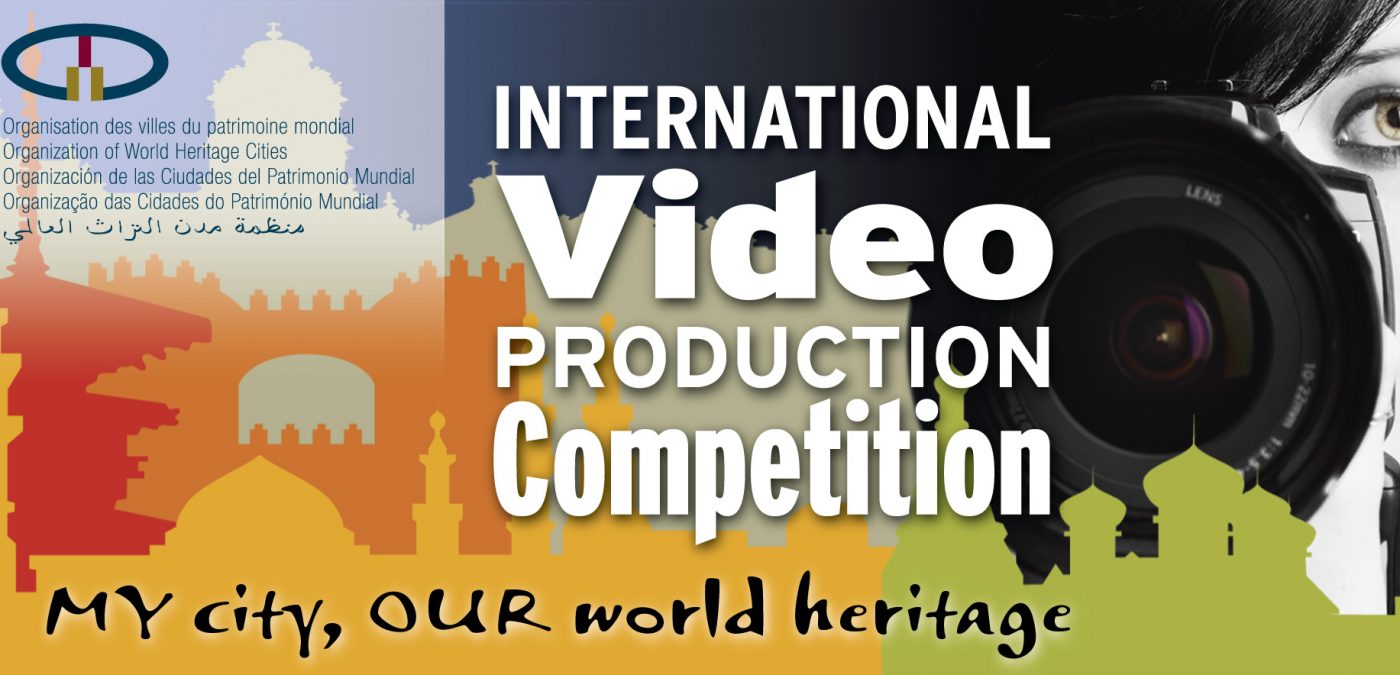30 January 2012

Puebla : Winner of the International Video Production Competition “My City, Our World Heritage” in the 14 to 17 year category Interview with the Mayor of Puebla, Eduardo Rivera Pérez
1. Can you give us the reasons that motivated you to register the city of Puebla in this international video production competition?
In the first quarter of 2011, the OWHC launched the international video competition entitled My City, our World Heritage, intended for young people belonging to two age groups, that is from 14 to 17 years, and from 18 to 21 years. In the case of Puebla, it was open to both categories.
REASONS
Puebla has undertaken, as a world heritage city and a member of the OWHC, and in particular this government:
• to participate in most of the projects and calls launched by our organization;
• to promote a better insight of world heritage and to ensure that the young people acquire a better knowledge of world heritage;
• to create among them, as expressed by the OWHC, a sense of belonging and pride regarding world heritage, in particular by resorting to their personal vision;
• to provide them with the opportunity to express themselves concerning world heritage and, in particular, that of their own city;
• to convince them and to involve them in the recovery and conservation process of the cities recognized as world heritage.
2. Can you briefly described how you went about to organize the local portion of this competition within the city of Puebla?
The first step goes back to April 18, 2011 when, through the Secretariat for Economic Development and Tourism, the Youth Institute of the city of Puebla as well as the Institute for Art and Culture, a local call was launched to both age categories, that is the 14 to 17 years and the 18 to 21 years, to encourage them to take part in this competition, and thus to represent the city in a video which, in addition to reflecting the heritage values of Puebla, would offer a quality production, characterized by originality and creativity; in this perspective, the participants followed courses on subjects such as history, heritage, and the production of videos in order to acquire the tools to enable them to develop their abilities and to translate them in a quality video, both in form and content.
Given the profile of this competition, we came closer to the young people, by promoting the competition through the social networks, such as Facebook and Twitter, and by sending invitations to persons and written medias, as well as to schools, colleges and universities of the municipalities that are involved with young people.
We also counted on a multidisciplinary jury who offered their experience and their sensitivity as regard heritage and videos, in the choice of the winning videos of the competition on the local level; finally, the video entitled “A dónde debo ir”, produced by David Vara, won the competition on the international level.
The jury members were:
• Ms. Lilia Martínez y Torres, director of the “Lorenzo Becerril” Integral Centre of Photography and Photo Library;
• Mr. Alejandro Ramírez, film director;
• Ms. Miriam Mozo, member of the city council and president of the Commission for Tourism, Art and Culture.
3.- What is your general appreciation of the video of the young international prizewinner, David Vara Vázquez, entitled A dónde debo ir, who won the “Our City, Our World Heritage” competition in the 18 to 21 year category?
The rapid evolution of this city is due in large part to the demands of our young people who, day after day, walk up and down our streets searching for meaning that would enable them to make their city a huge city and that few people are able to appreciate, because they are busy with their daily routine.
Definitely, this young man who had a short experience, but was anxious to enjoy life and to discover new horizons, was able to slow down, and to take a very short time to find out that he had before him the closest and the most tangible jewel, his city. It is the monument in which he was moving around, but that he had not yet touched; he then decided to live it, step by step, until he understood that its past was coming alive.
He lives his city, he lives its history, and he lives the experiences of the people who reside in its.


